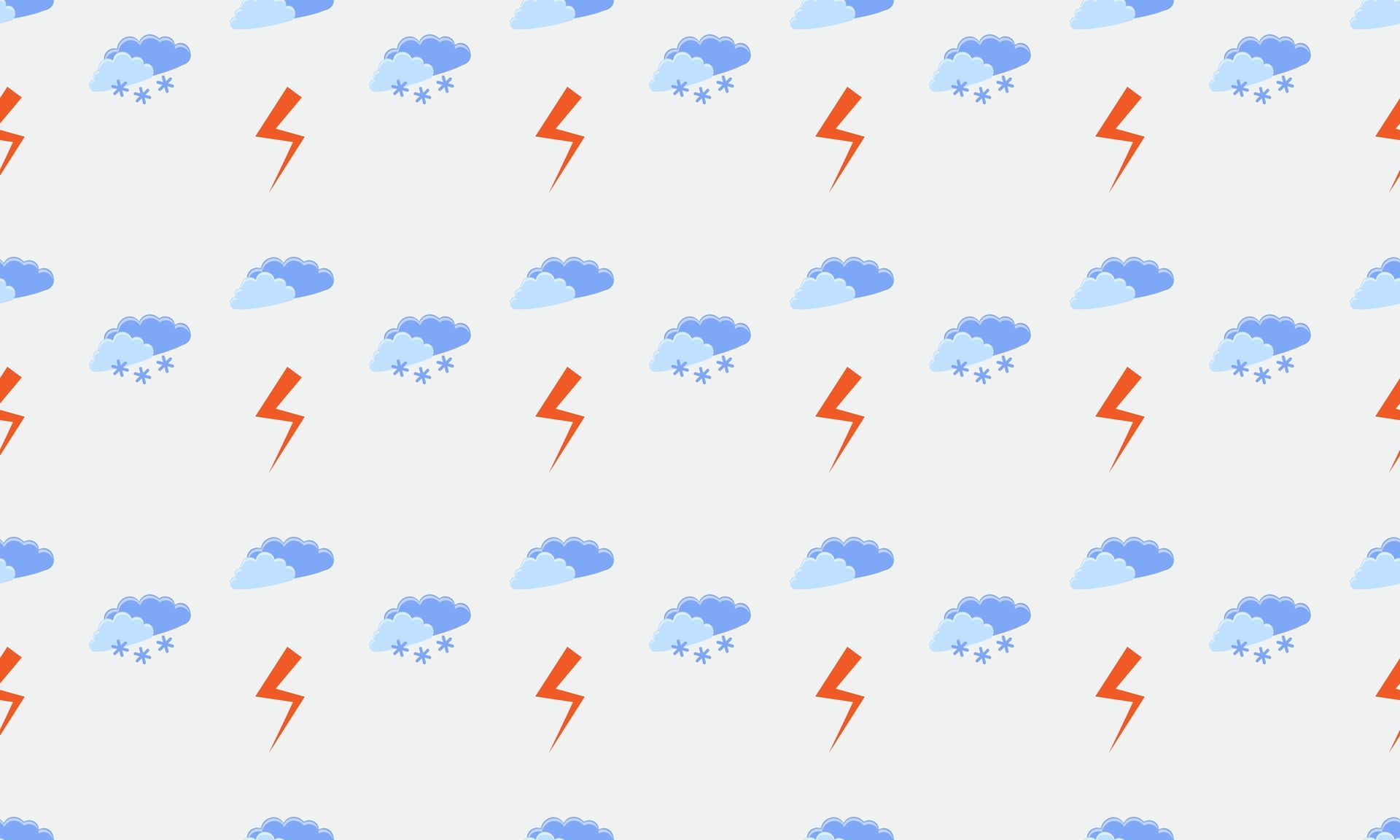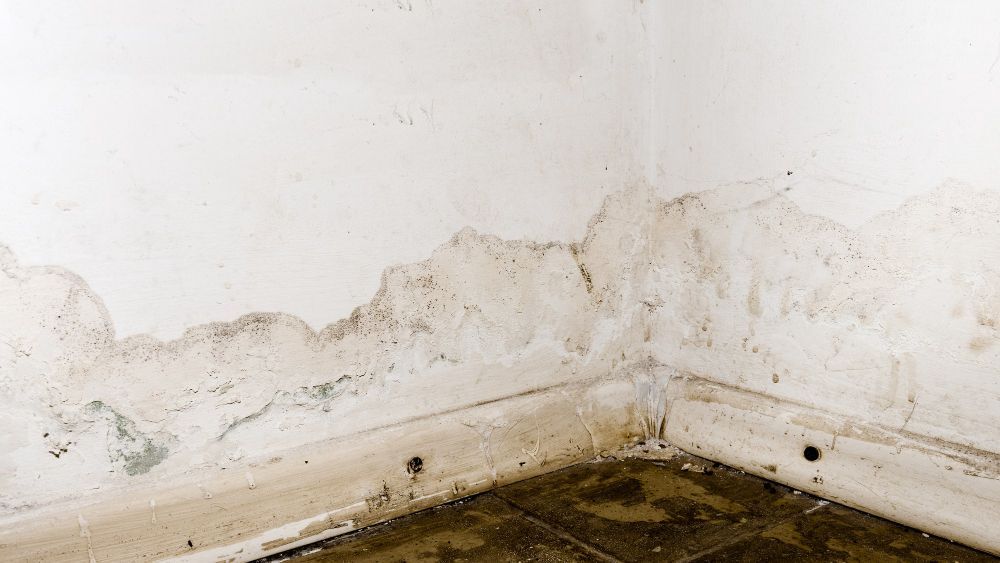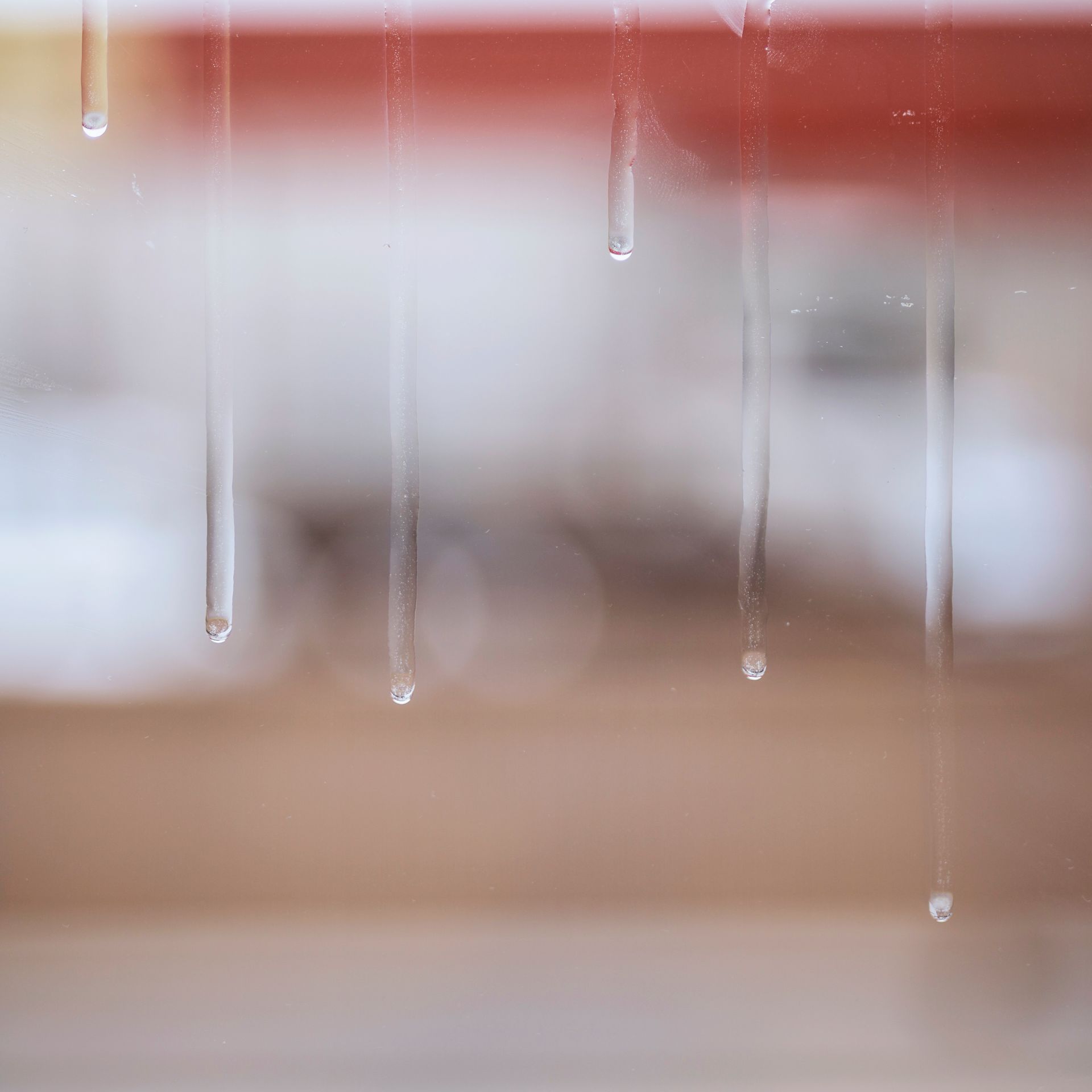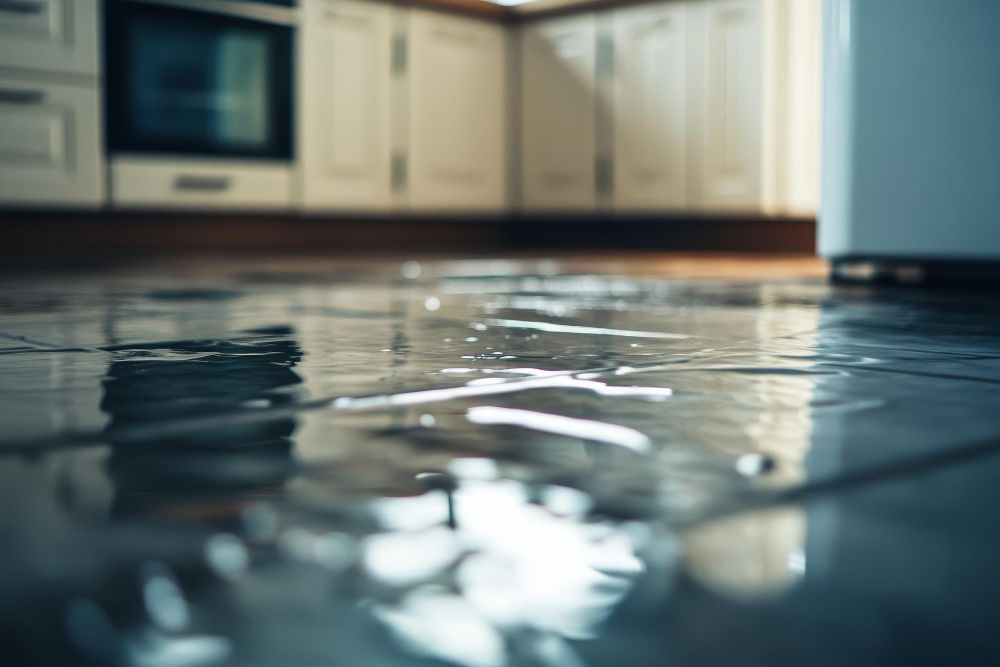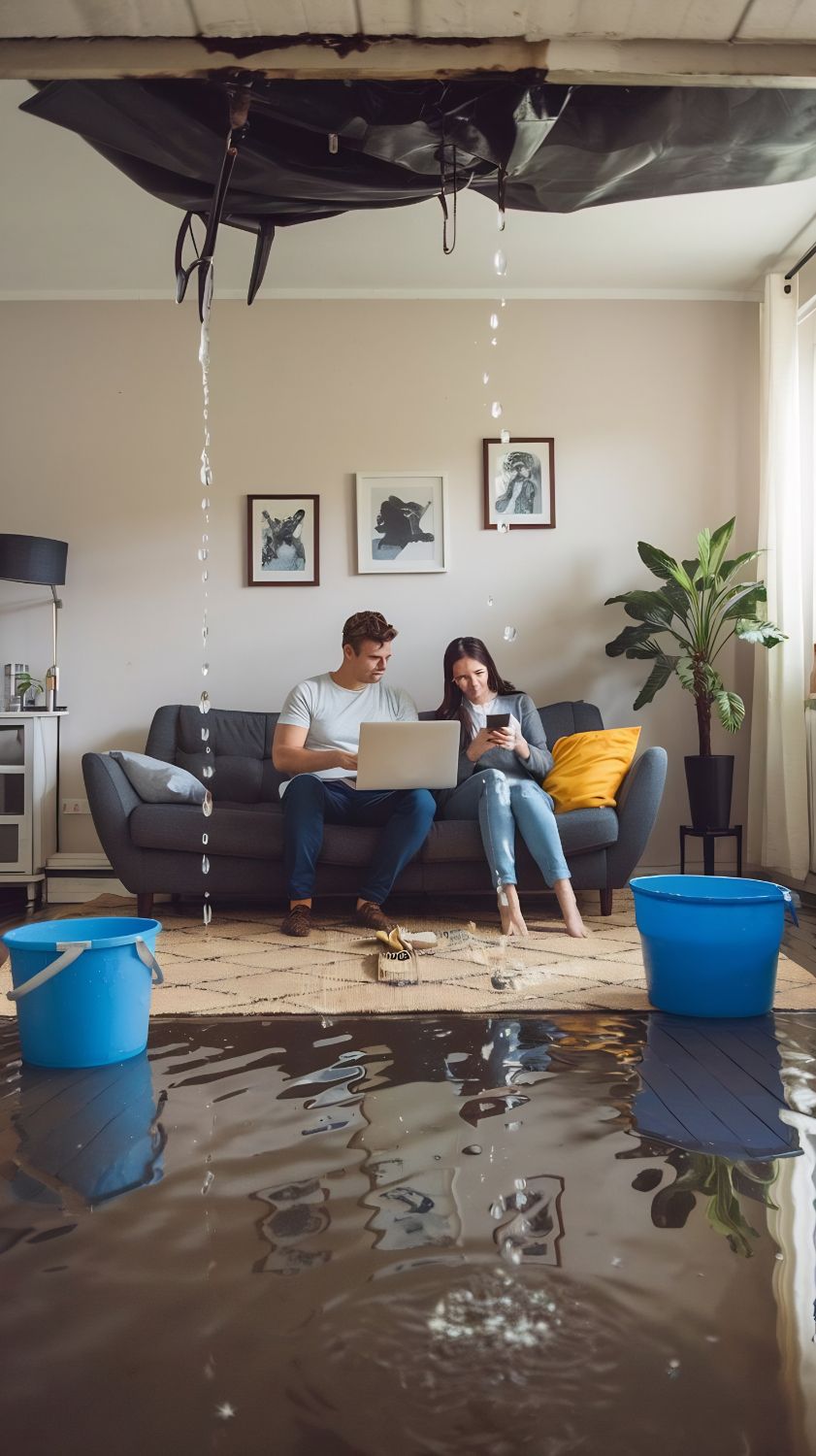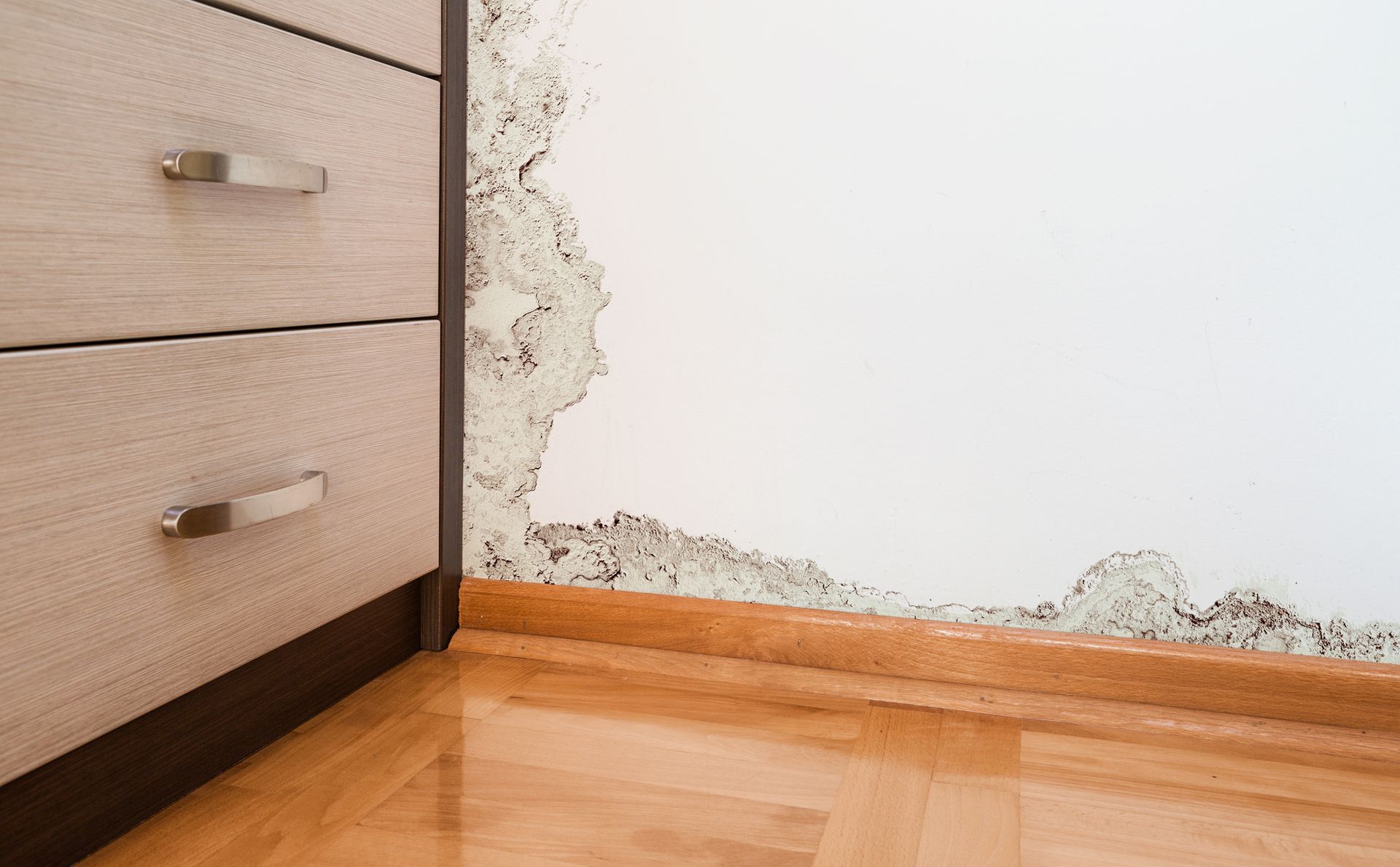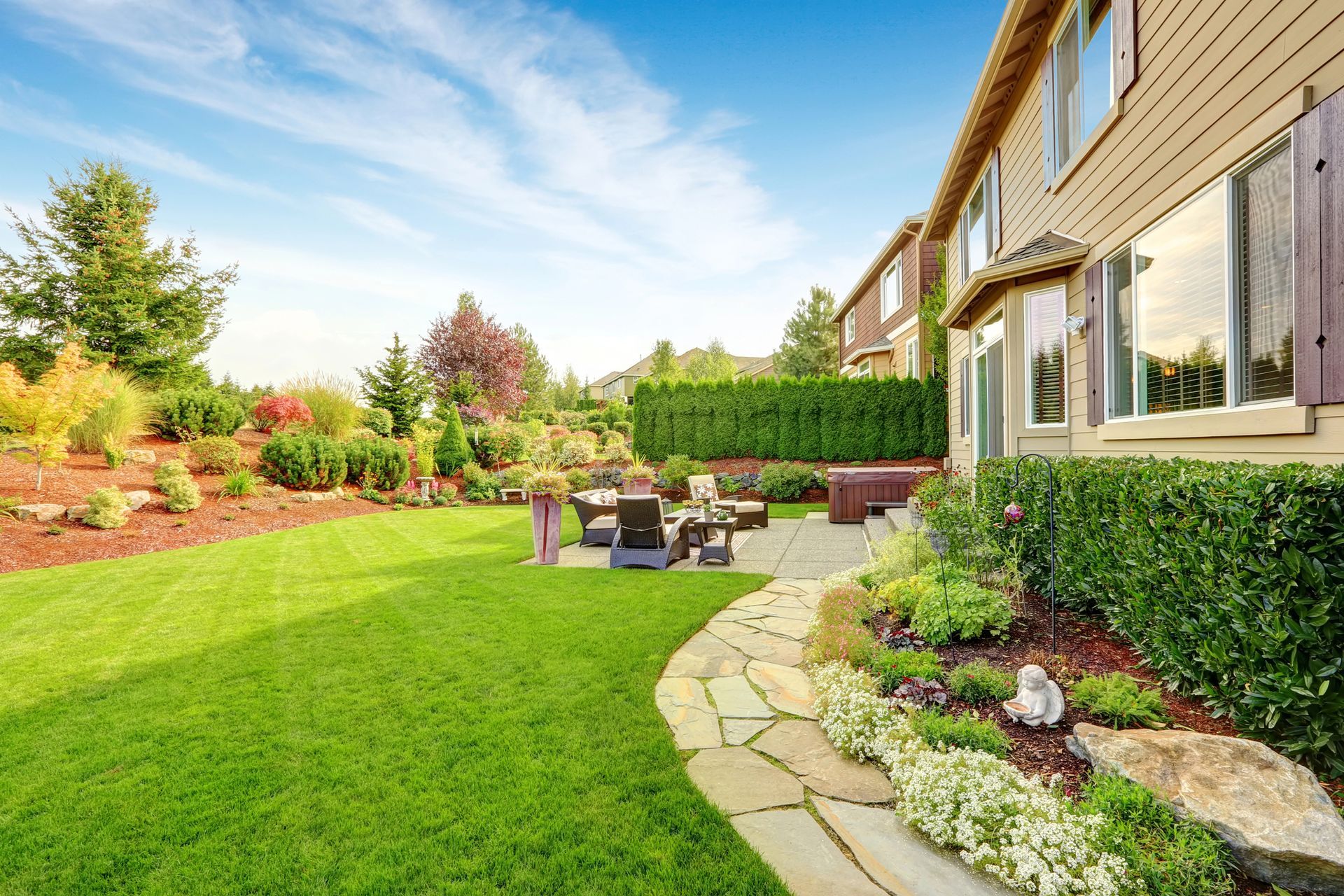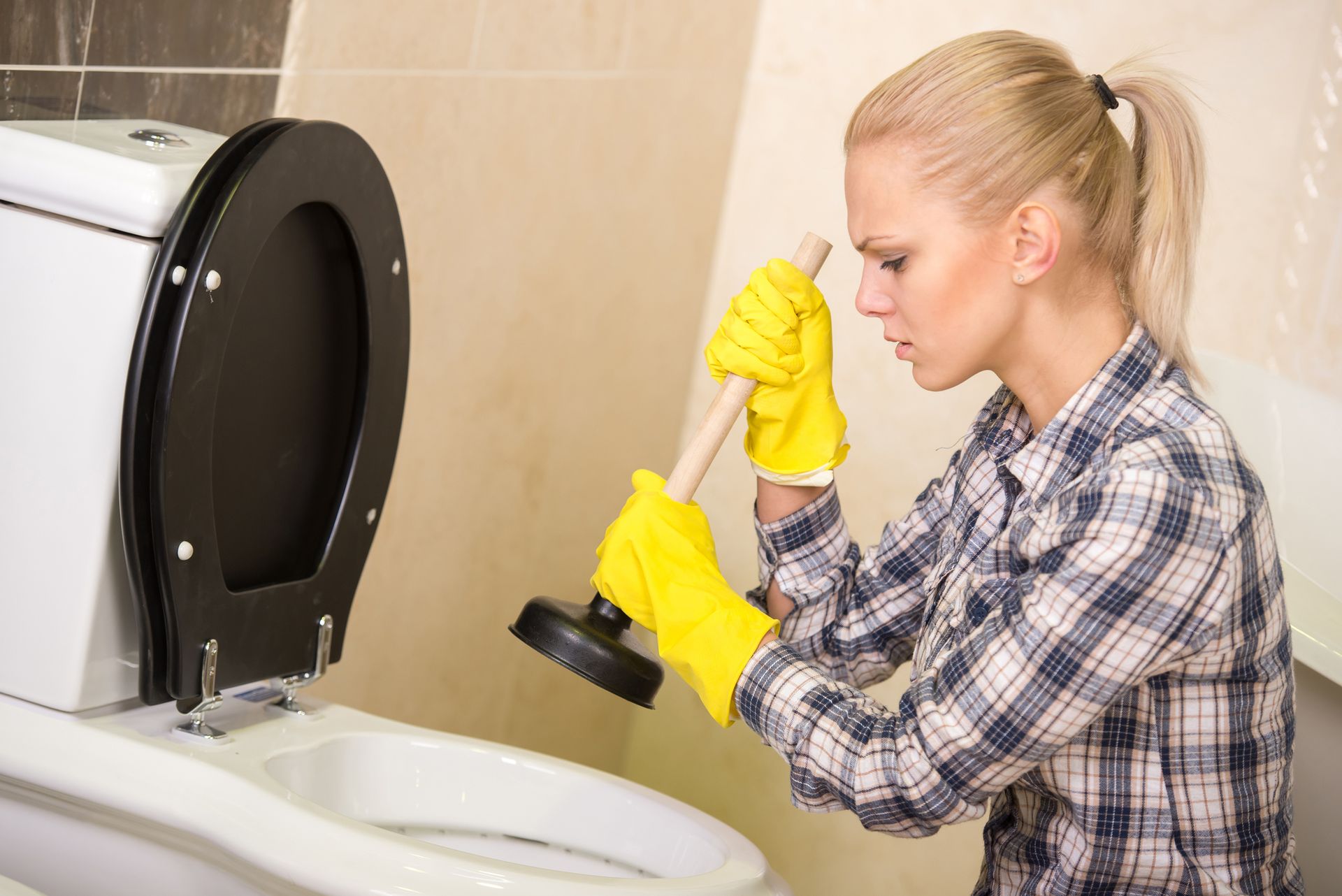
of Pueblo
DIY Tips for Mitigating Water Damage Before Professionals Arrive
DIY Tips for Mitigating Water Damage Before Professionals Arrive -Pueblo, CO
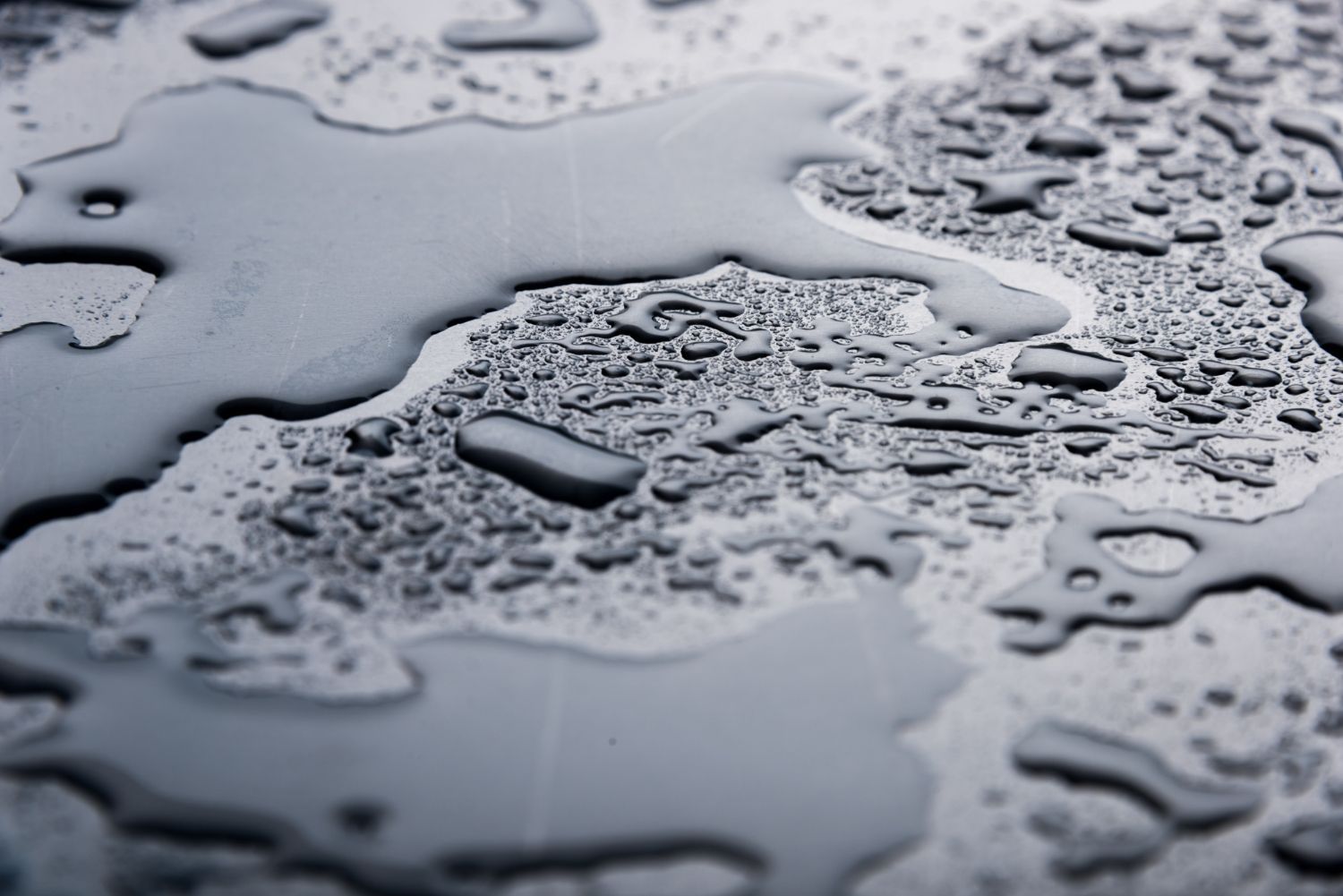
Water damage can strike your home unexpectedly, whether from a burst pipe, heavy rain, or an appliance malfunction. Acting quickly is essential to minimize damage and keep your home safe. At Restoration 1 of Pueblo, we understand how overwhelming water damage can be. That’s why we’re sharing these DIY tips to help you mitigate water damage before professional help arrives.
1. Stop the Water Source Immediately
The first step in addressing water damage is to stop the source of the water.
- Turn off the water supply if a pipe bursts or an appliance leaks.
- For roof leaks, temporarily patch the area with a tarp to stop water intrusion.
- If flooding is due to a natural disaster, focus on safety and wait for the water to recede before taking action.
2. Prioritize Safety
Water damage can pose serious risks, so ensure your safety before taking any action:
- Turn off electricity to the affected areas to prevent electrical hazards.
- Avoid walking in standing water, especially if you suspect it may be contaminated.
- Wear gloves, boots, and a mask to protect yourself from bacteria and mold.
3. Remove Standing Water
Standing water can cause extensive damage to floors, walls, and furniture.
- Use mops, towels, or a wet/dry vacuum to remove as much water as possible.
- If the area is heavily flooded, focus on preventing water from spreading to unaffected areas.
4. Dry Out the Area
Drying the area quickly is key to preventing mold growth and further damage.
- Open windows and doors to promote ventilation if weather permits.
- Use fans, dehumidifiers, or air movers to speed up the drying process.
- For smaller areas, a hairdryer on a low heat setting can help with localized drying.
5. Protect Your Belongings
- Move furniture, electronics, and valuables to a dry area.
- Place aluminum foil or wooden blocks under furniture legs to prevent water absorption.
- Remove and dry rugs or carpets if possible, but leave wall-to-wall carpeting in place until professionals assess the damage.
6. Inspect for Hidden Moisture
Water damage often extends beyond what’s visible on the surface.
- Check baseboards, drywall, and insulation for signs of moisture.
- Use a moisture meter if available to detect hidden water.
- Note any musty odors, which may indicate trapped water or mold growth.
7. Document the Damage
Before cleaning up extensively, document the damage for your insurance company.
- Take photos or videos of all affected areas and items.
- Keep a detailed list of damaged belongings, including their approximate value.
8. Contain the Damage
Prevent water damage from spreading further:
- Close doors to unaffected rooms.
- Use towels or barriers to stop water from seeping into adjacent areas.
- Avoid using the HVAC system until the area is fully dry, as it may spread contaminants.
When to Call a Professional
While these DIY tips can help reduce immediate damage, professional water damage restoration is essential to fully restore your home. At Restoration 1 of Pueblo, we specialize in water damage restoration, offering fast and reliable service to homes in Pueblo, CO.
Why Choose Restoration 1 of Pueblo?
- 24/7 Emergency Service: Water damage doesn’t wait, and neither do we.
- Certified Experts: Our team is highly trained to handle water damage of all types and severity levels.
- Comprehensive Restoration: We don’t just dry out your home—we also repair damage and prevent future issues.
Contact us today for professional water damage restoration in Pueblo, CO. Our team is ready to help you restore your home and peace of mind.


